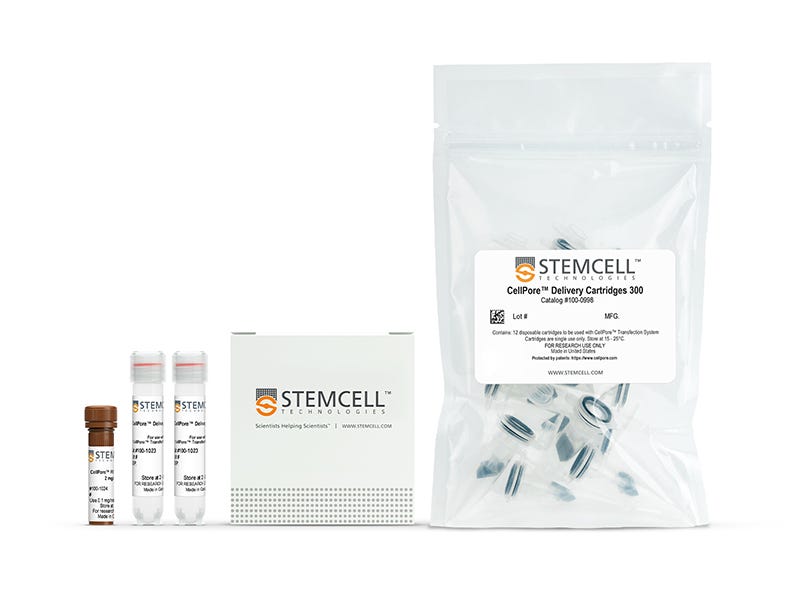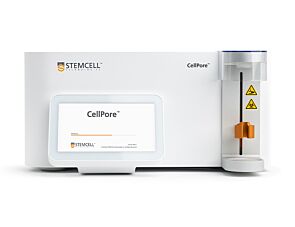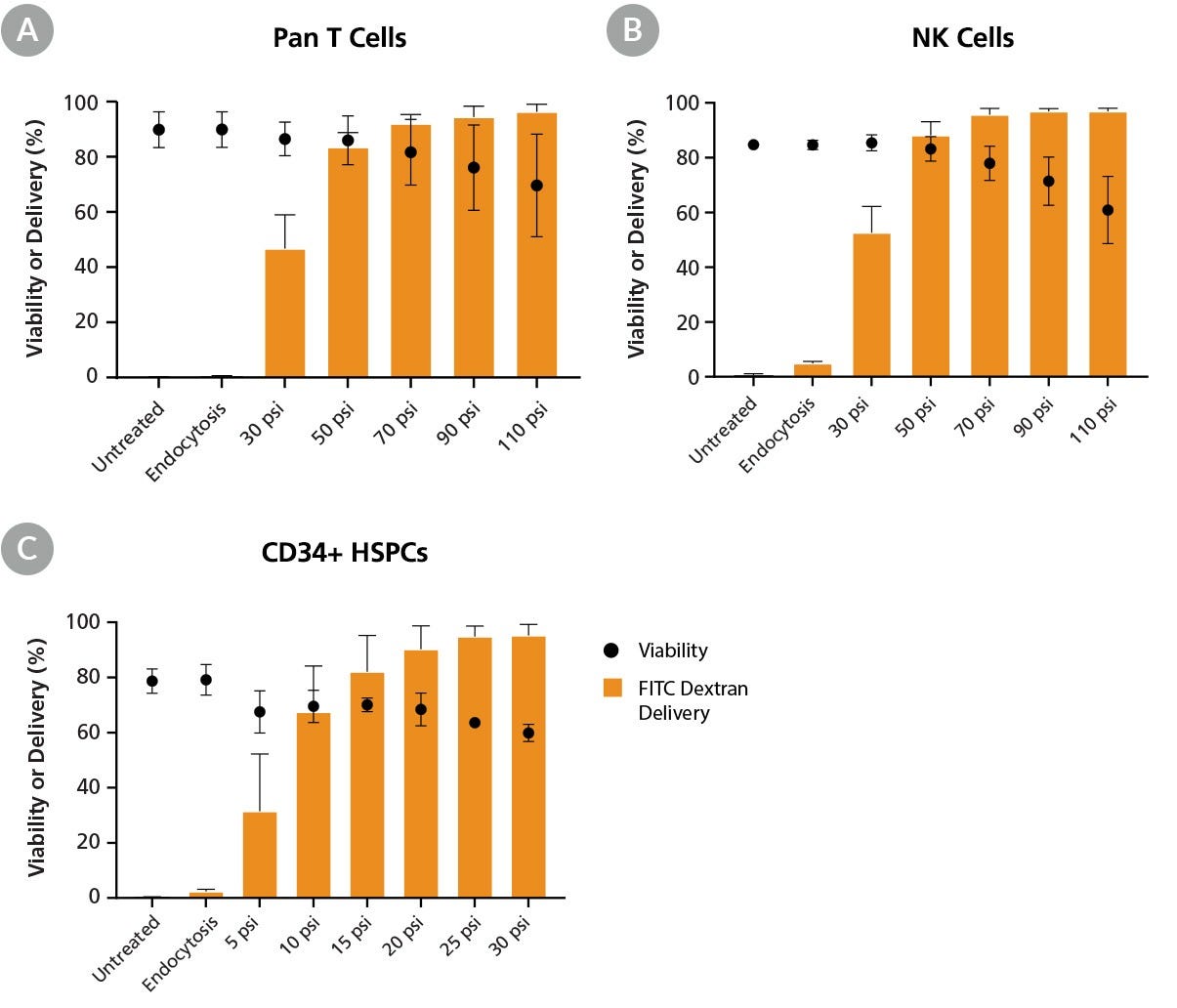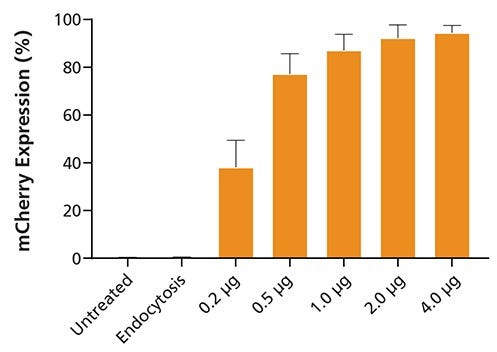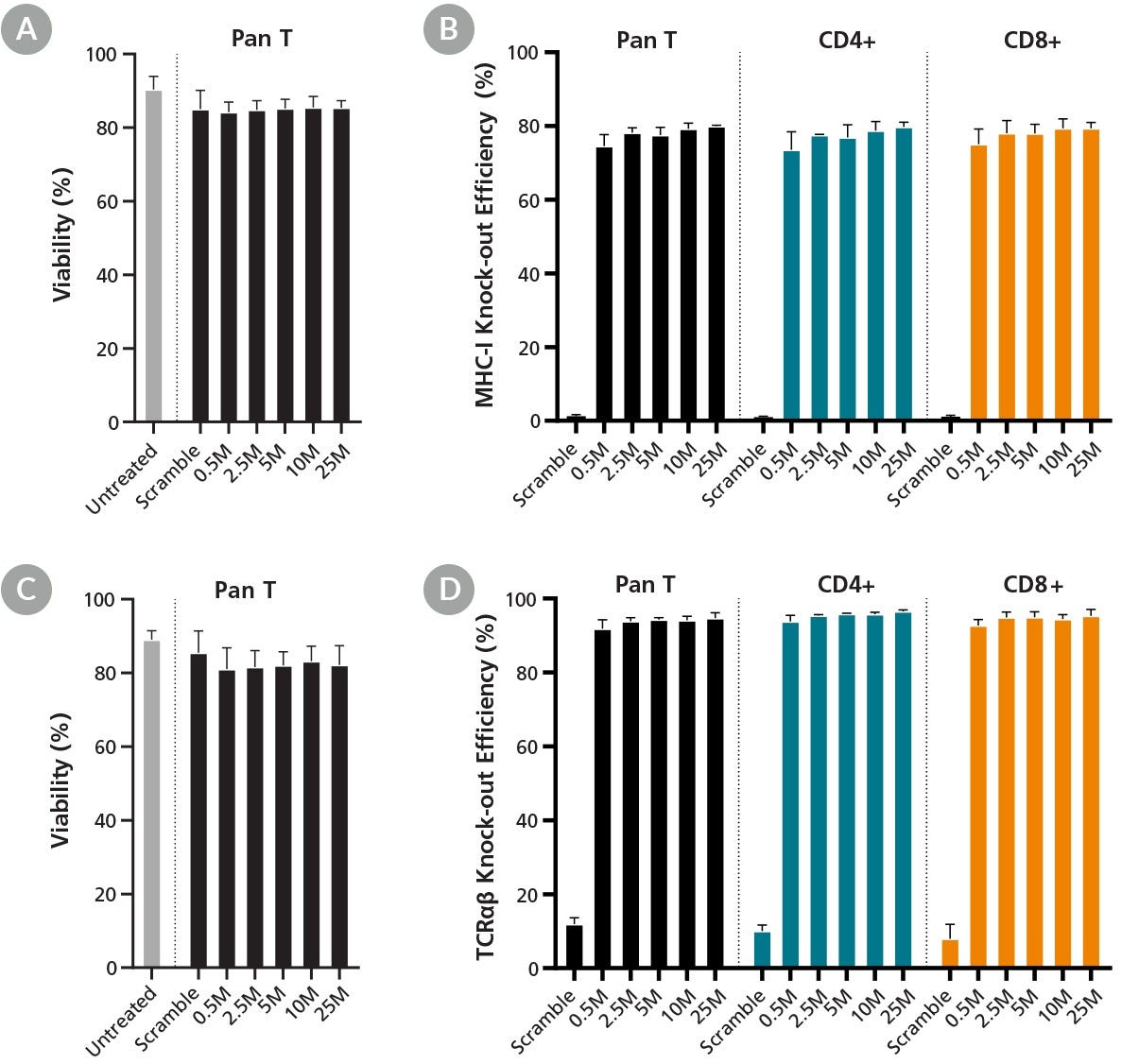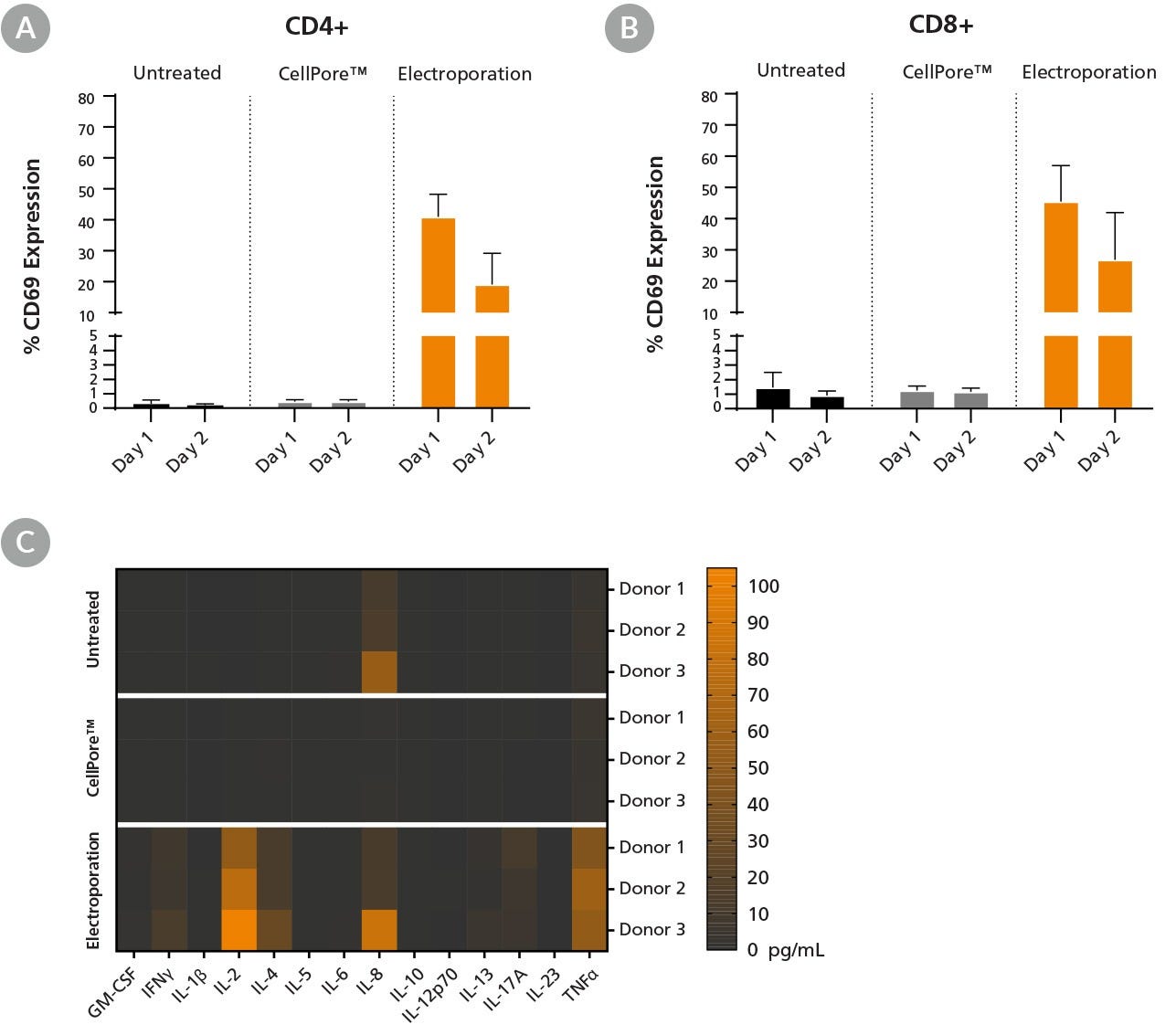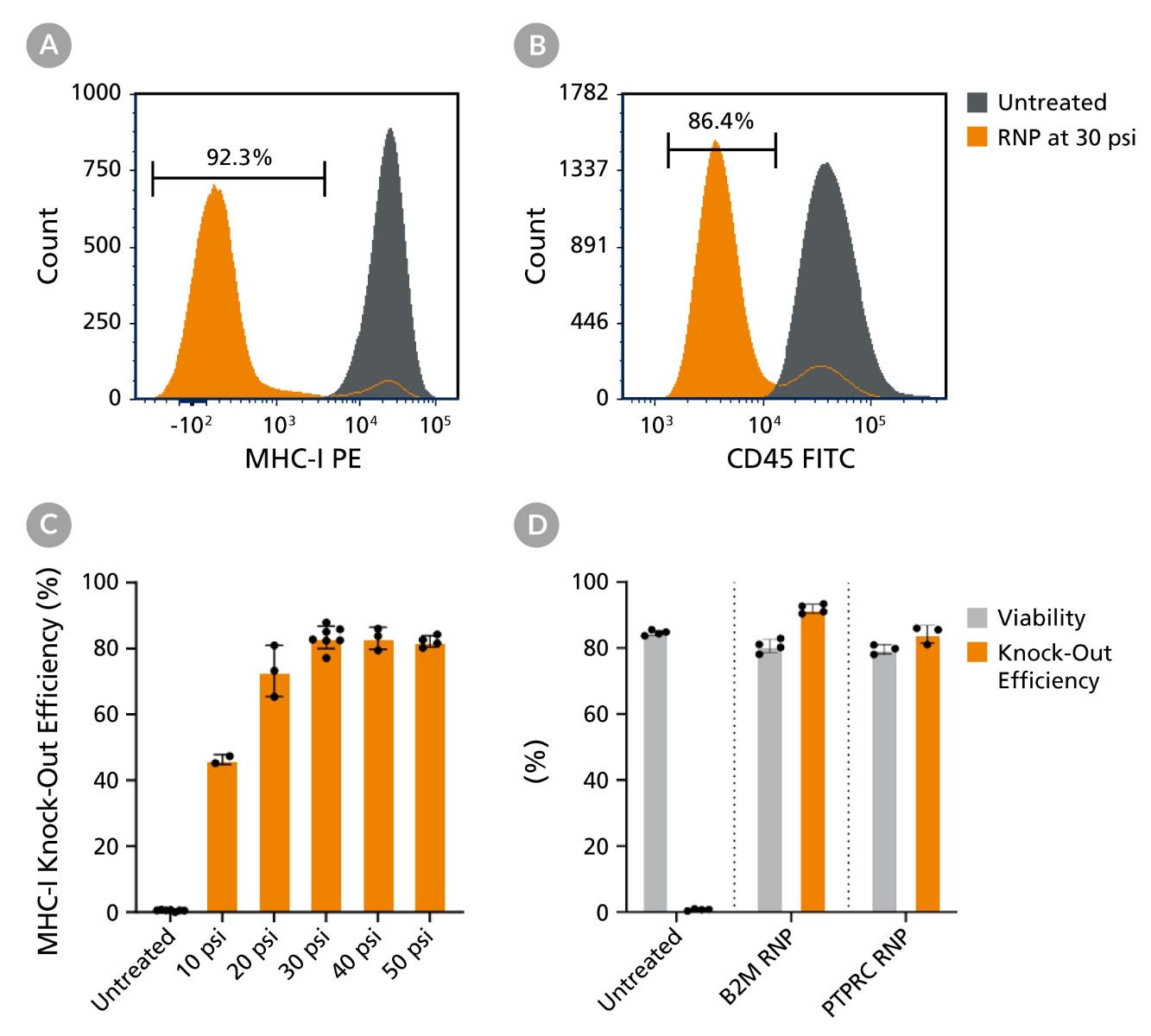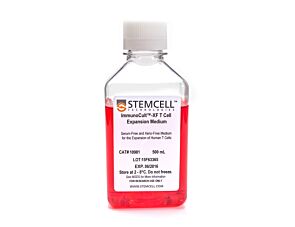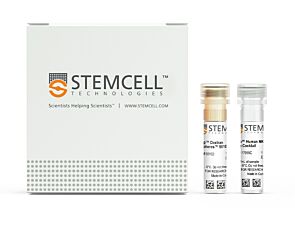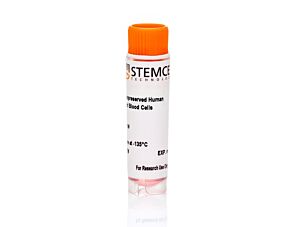CellPore™ Transfection Kit 300
Transfection & intracellular delivery kit for cell engineering applications
Request Pricing
Thank you for your interest in this product. Please provide us with your contact information and your local representative will contact you with a customized quote. Where appropriate, they can also assist you with a(n):
Estimated delivery time for your area
Product sample or exclusive offer
In-lab demonstration
Overview
Data Figures
Protocols and Documentation
Find supporting information and directions for use in the Product Information Sheet or explore additional protocols below.
Applications
This product is designed for use in the following research area(s) as part of the highlighted workflow stage(s). Explore these workflows to learn more about the other products we offer to support each research area.
Resources and Publications
Educational Materials (4)
The purchase of a CellPore™ Transfection System, CellPore™ Delivery Cartridges, and associated reagents (“CellPore™ Products”) conveys to the purchaser a limited, non-exclusive, non-transferable license to use CellPore™ Products, in accordance with STEMCELL’s Terms and Conditions of Sale (www.stemcell.com/terms-and-conditions-general) and all applicable laws and regulations, and solely for research-use-only applications (which applications exclude any commercial application or any therapeutic, prophylactic, diagnostic application, as well as any development and/or commercialization of products therewith or developed therefrom). STEMCELL or its licensor(s) grant no additional license rights other than those explicitly granted herein, and except for such limited license rights, all other intellectual property and proprietary rights in and to CellPore™ Products are and shall remain the exclusive property of STEMCELL and its licensors. The purchaser of CellPore™ Products agrees to prevent unauthorized use, access, copying, or disclosure of any intellectual property comprised in CellPore™ Products. The purchaser shall not, and shall not permit anyone to, copy, create any derivative work, reverse engineer, disassemble, decompile, or make improvements to CellPore™ products. Users and purchasers of CellPore™ products hereby grant to STEMCELL exclusive ownership and all rights, title, and interest in and to any improvements made, by purchasers or users, to the CellPore™ products (including any improvements by purchasers or users to the intellectual property directly related to CellPore™ products), provided however that the user or purchaser who makes the improvement retains a limited, non-transferable license to use such improvement for its internal, non-commercial research use, in accordance with this agreement, only so long as such user or purchaser is in compliance with this agreement. All data, information, and results (to the extent they do not constitute improvements of CellPore™ products) entered, stored, compiled, generated, and/or analyzed by purchasers of CellPore™ products using the CellPore™ products, in accordance with all of the foregoing, shall be the property of such purchaser. CellPore™ Transfection System and CellPore™ Delivery Cartridges (“CellPore™ Products”) are protected by patents in the U.S. and elsewhere. More information can be found at www.cellpore.com. The list of products and patents contained therein are subject to change as a result of routine prosecution and dependent on the patent life cycle as determined by the laws of each jurisdiction in which a relevant patent is in effect.
UNLESS OTHERWISE STATED, PRODUCTS ARE FOR RESEARCH USE ONLY AND NOT INTENDED FOR HUMAN OR ANIMAL DIAGNOSTIC OR THERAPEUTIC USES. FOR PRODUCT-SPECIFIC COMPLIANCE AND INTENDED USE INFORMATION, REFER TO THE PRODUCT INFORMATION SHEET. GENERAL INFORMATION ON QUALITY AT STEMCELL MAY BE FOUND AT WWW.STEMCELL.COM/COMPLIANCE.
